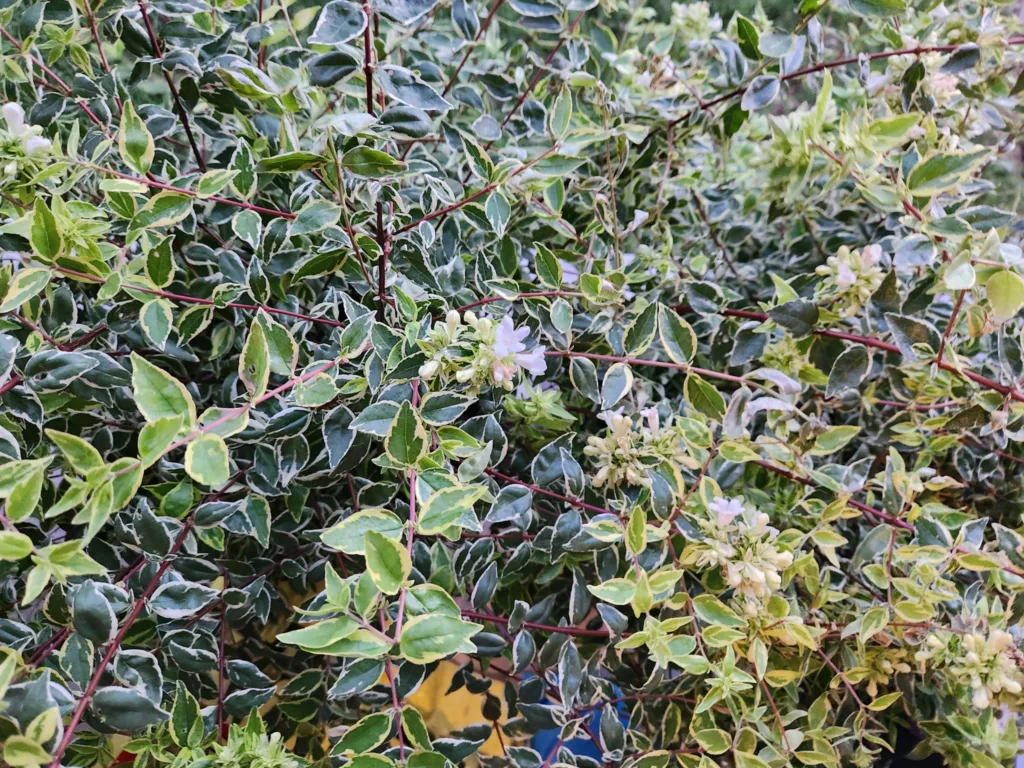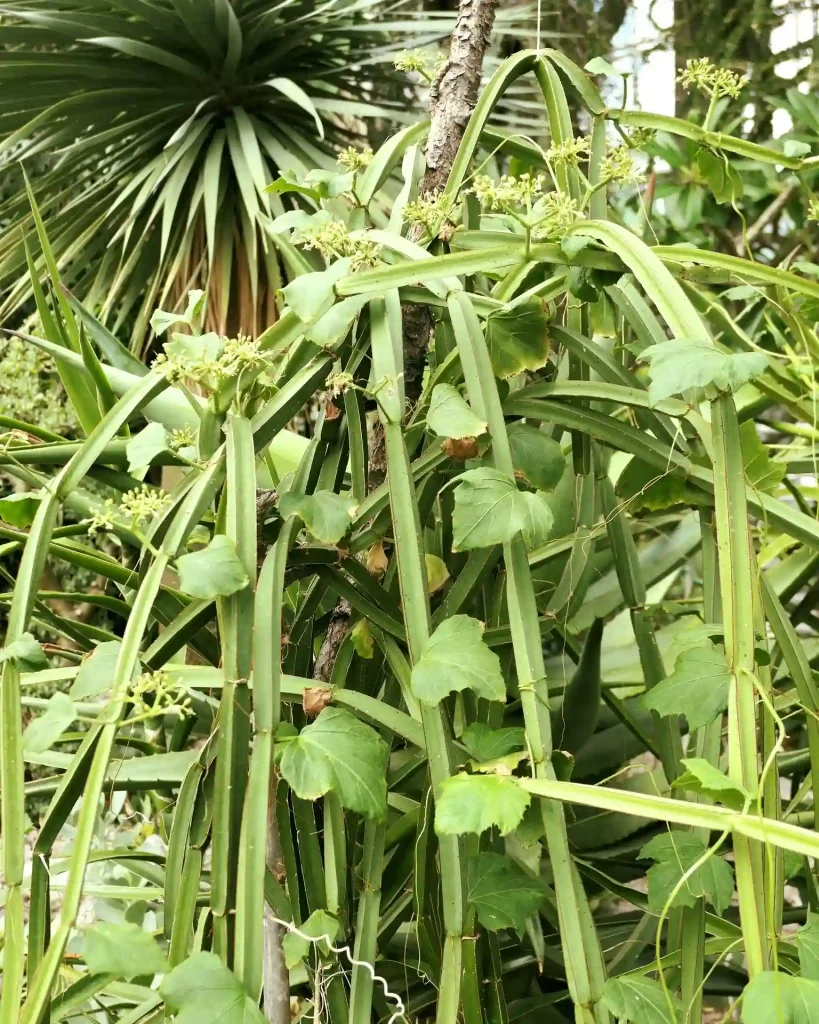Eremurus: My Love Affair with the Foxtail Lily
I, Ferb Vu, have always been drawn to the unique and dramatic. In the world of flora, few plants satisfy this fascination quite like the Eremurus. Belong to the Asphodelaceae family and commonly known as the foxtail lily or desert candle, this genus of perennial flowers boasts a striking verticality that can transform any garden into a majestic spectacle.
Imagine towering spires of densely packed, star-shaped flowers, reaching for the sky like vibrant rockets. Their colors range from the fiery hues of orange and yellow to the subtle beauty of white and pale pink. These floral giants, some reaching up to eight feet tall, emerge from a basal rosette of strap-like leaves, creating a captivating contrast of form and texture.
My first encounter with Eremurus was purely accidental. While visiting a botanical garden, I stumbled upon a breathtaking display of these plants in full bloom. The sheer size and elegance of the flower spikes, swaying gently in the breeze, left me utterly mesmerized. It was love at first sight.
Since then, I’ve dedicated myself to learning everything I can about these fascinating plants. I’ve poured over botanical texts, scoured online forums, and even experimented with growing them in my own garden. The more I learn, the deeper my appreciation grows.
A Diverse Genus
The genus Eremurus is surprisingly diverse, encompassing over 60 recognized species. Each species has its own unique characteristics, offering a rich tapestry of colors, sizes, and bloom times. Some of the most notable species include:
- Eremurus afghanicus Gilli
- Eremurus aitchisonii Baker
- Eremurus alaicus Khalk.
- Eremurus alberti Regel
- Eremurus × albocitrinus Baker
- Eremurus altaicus (Pall.) Steven
- Eremurus ammophilus Vved.
- Eremurus anisopterus (Kar. & Kir.) Regel
- Eremurus azerbajdzhanicus Kharkev.
- Eremurus bactrianus Wendelbo
- Eremurus brachystemon Vved.
- Eremurus bucharicus Regel
- Eremurus candidus Vved.
- Eremurus cappadocicus J.Gay ex Baker
- Eremurus chinensis O.Fedtsch.
- Eremurus chloranthus Popov
- Eremurus comosus O.Fedtsch.
- Eremurus cristatus Vved.
- Eremurus czatkalicus Lazkov
- Eremurus × decoloratus Lazkov & Naumenko
- Eremurus dolichomischus Vved. & Wendelbo
- Eremurus furseorum Wendelbo
- Eremurus fuscus (O.Fedtsch.) Vved.
- Eremurus × gypsaceus Lazkov
- Eremurus hilariae Popov & Vved.
- Eremurus himalaicus Baker
- Eremurus hissaricus Vved.
- Eremurus iae Vved.
- Eremurus inderiensis (M.Bieb.) Regel
- Eremurus jungei Juz.
- Eremurus kaufmannii Regel
- Eremurus kopet-daghensis Karrer
- Eremurus korowinii B.Fedtsch.
- Eremurus korshinskyi O.Fedtsch.
- Eremurus lachnostegius Vved.
- Eremurus lactiflorus O.Fedtsch.
- Eremurus × ludmillae Levichev & Priszter
- Eremurus luteus Baker
- Eremurus micranthus Vved.
- Eremurus × nikitinae Lazkov
- Eremurus nuratavicus Khokhr.
- Eremurus olgae Regel
- Eremurus parviflorus Regel
- Eremurus persicus (Jaub. & Spach) Boiss.
- Eremurus pubescens Vved.
- Eremurus rechingeri Wendelbo
- Eremurus regelii Vved.
- Eremurus robustus (Regel) Regel
- Eremurus roseolus Vved.
- Eremurus saprjagajevii B.Fedtsch.
- Eremurus soogdianus (Regel) Benth. & Hook.f.
- Eremurus spectabilis M.Bieb.
- Eremurus stenophyllus (Boiss. & Buhse) Baker
- Eremurus subalbiflorus Vved.
- Eremurus suworowii Regel
- Eremurus tadshikorum Vved.
- Eremurus tauricus Steven
- Eremurus thiodanthus Juz.
- Eremurus tianschanicus Pazij & Vved. ex Pavlov
- Eremurus turkestanicus Regel
- Eremurus wallii Rech.f.
- Eremurus × warei Jekyll & E.T.Cook
- Eremurus zangezuricus Mikheev
- Eremurus zenaidae Vved.
- Eremurus zoae Vved.
More Than Just a Pretty Face
Beyond their ornamental value, Eremurus plants hold cultural and historical significance. In some cultures, the root of the plant is used in traditional medicine or as a source of glue. The dried flower stalks also find use in decorative arrangements.
Challenges and Rewards
Cultivating Eremurus can be challenging, but the rewards are well worth the effort. These plants thrive in well-drained soil and sunny locations. They require protection from strong winds, which can easily topple their tall flower spikes.
One of the biggest challenges is providing the right balance of moisture. Eremurus plants are susceptible to root rot in overly wet conditions, yet they also need adequate water, especially during their growing season.
Despite these challenges, the sight of Eremurus in full bloom is a truly rewarding experience. Their majestic presence and vibrant colors bring a touch of the exotic to any garden, making them a favorite among plant enthusiasts and casual gardeners alike.
A Lifelong Passion
My journey with Eremurus is far from over. I continue to be fascinated by their resilience, their diversity, and their sheer beauty. With each passing season, I eagerly anticipate the emergence of their towering flower spikes, a testament to the wonders of the natural world.
If i die, water my plants!



